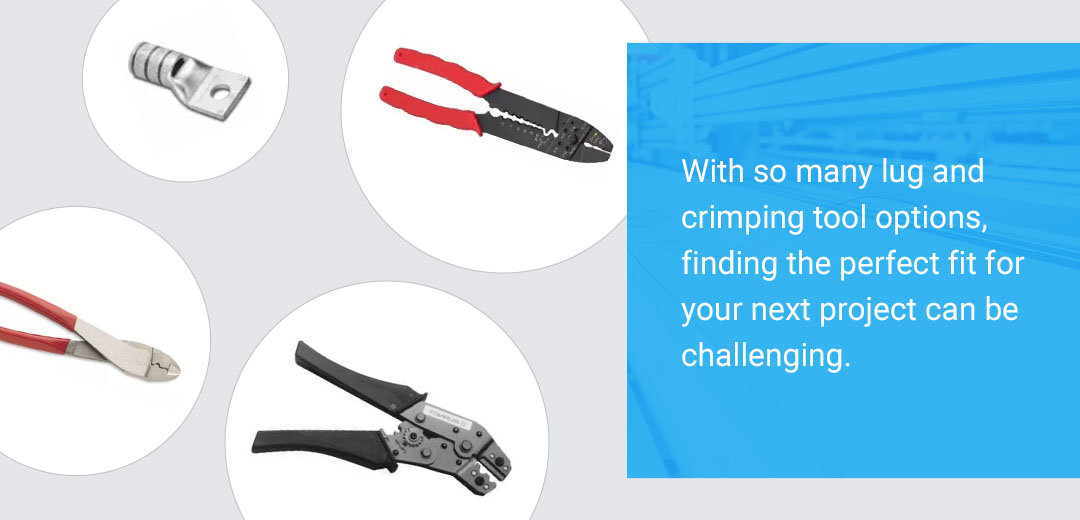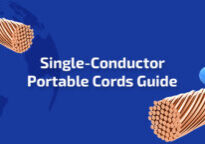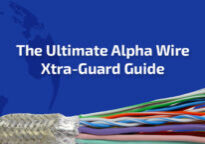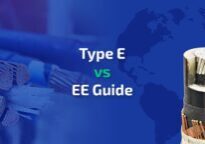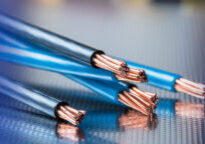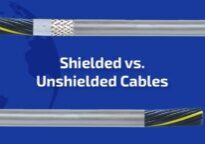
Apr 4, 2024
Burndy® Product Guide
When you embark on an electrical project, selecting the best crimping tool, lugs and other components can streamline your workflow and contribute to your success. As a leading manufacturer of mechanical, compression or hand tools, Burndy® is a popular option for many projects. These crimping tools and lugs work effortlessly, creating reliable connections.
Although the Burndy® range can simplify your project, choosing the correct lugs and crimpers is essential. This Burndy® product guide can help you through your selection, ensuring all the components work together to help you complete any electrical task.
Burndy® Lugs and Crimping Tools
A lug and an electric wire crimper tool are essential for any electrical project. Burndy® lugs and crimping tools are ideal companions for any project, from automotive electrical work to home wiring. Depending on the size and scope of your project, you may need different tools for the best results, and finding the ideal combination is critical. The Burndy® range is extensive, covering a variety of options.
Types of Burndy® Compression Lugs
Choosing the correct lugs is critical to ensure a clean and secure crimping result. Burndy® offers a selection of lugs to maintain a strong and long-lasting connection. Some Burndy® wire crimp connector types include:
- Two-hole short barrel lugs: Two-hole lugs are ideal for applications that require two bolts, connecting two wires to a single terminal while preventing lug rotation. They work well in confined spaces and are suitable for regular-duty applications. They provide a robust and reliable connection between the wires and the terminal without additional connectors.
- Two-hole long barrel lugs: Long-barrel lugs provide the same stability as the shorter barrel, but Burndy® long-barrel lugs support heavy-duty commercial use. They allow for additional crimping, boosting mechanical strength. They accommodate a longer length of wire, which is ideal for applications requiring a robust, durable and reliable connection between two wires.
- One-hole short barrel lugs: If you only need to connect a single conductor, a one-hole short barrel lug is the perfect choice, particularly if you have limited space. Keep this option in mind for any project where compact size and a single attachment point are priorities.
- One-hole long barrel lugs: The longer barrel on these lugs ensures a secure fit and accommodates a longer length of wires. These lugs are ideal if you need to splice multiple wires together or additional reach to connect to a hard-to-reach terminal. They are common in industrial settings and large installations.
Types of Burndy® Handheld Crimping Tools
A crimper connects materials or components by pressing them together, creating a seal — or crimp, in the materials. It deforms the material to make a connection protected from gas and moisture, preventing faulty electrical connections.
Burndy® crimping tools help you achieve a complete and secure electrical connection without soldering. Handheld tools are the most common as they’re versatile and affordable. Hydraulic tools provide some extra power for heavy-duty work. Burndy® crimping tools are available in many hand-held varieties, allowing you to crimp many types of wire with a single tool.
Each Burndy® tool is significantly different from the next. Knowing which is best for your application is essential before purchasing. Some options from Burndy® include:
- MR series: These wire crimpers ensure a complete, positive crimp for various individual projects with uninsulated, vinyl-insulated and nylon-insulated terminals. The ratchet mechanism and full cycle operations mean the handles remain closed until your crimp is complete. These tools can clamp American Wire Gauge (AWG) sizes 22-10. They have a compact, narrow nose and color-coded dials for easy identification.
- Y10-22: The plier-style crimpers and cutters suit various nylon, vinyl, insulated connectors and 22-10 AWG wires. They also work well on nonferrous and mild steel screws, and you can enjoy one-step stripping.
- Y10D: This option is similar to the Y10-22, except it is designed to cut copper and aluminum and works on nylon-insulated and uninsulated connectors. It has a rust-resistant finish and uses heavy-duty forged steel.
- Y8MRB1: This crimper may be lightweight but boasts a ratchet mechanism to ensure a complete crimp every time. It works on size 22-8 AWG wires and has identifying marks for easy inspection.
All Burndy® crimping tools feature ergonomic designs for maximum comfort and fatigue reduction. They’re made with premium materials and a five-year warranty to give you peace of mind.
How to Choose the Best Crimping Tool for Your Project
When choosing a crimping tool, you must find the right fit for your project to ensure quality connections. Consider the following factors when shopping for a crimper:
- Wire gauge: The wire size you need is crucial in selecting the right crimper. Many Burndy® crimping tools have diverse wire gauges, but it’s still best to double-check with your supplier.
- Crimp profile: Crimps are designed with specific uses and materials in mind. Using the wrong crimp can result in project failure. Consider manufacturer recommendations and consult a professional if you need help finding the right tool for your project.
- Terminal type: Your tool requirements may change depending on your terminal type, such as ring, spade and butt connectors. Ensure your die and crimper are compatible with the necessary terminal type.
- Durability and quality: If you’re completing high volumes of detailed work, choose a durable and comfortable tool to avoid hand strain or injury. If your project requires finesse, a Burndy® hand crimping tool provides the dexterity you need. Choose options with ratchets to boost your work quality.
- Project scope: Consider what you’re using the tool for. If you’re working in a tight space, you need a compact, easy-to-use tool.
How to Use a Crimper
If you’re embarking on your first project, knowing how to use a crimping tool can make the process quicker and more straightforward. You will need wire, a connector, a wire stripper and the tool to start. When using a crimping tool, use the following steps:
- Strip the insulation: First, use the wire stripper or crimper to remove the insulation. Leave enough room to slip the crimp connector into the end of the wire.
- Twist the wire: Grab the end of the wire between your thumb and forefinger, then twist it to firm up the end and allow a better connector.
- Insert the connector: Put the connector into the crimping tool and hold it there.
- Insert the wire: Put the wire into the crimping connector. Then, apply firm pressure. The tool will automatically release if you’re using a Burndy® crimping tool with a ratchet.
- Test the crimp: Once the process is complete, try to pull the wire and connector apart to see if it fails. It’s best to check for failure before installation.
Browse WesBell Electronics for Burndy® Products Today
With so many lug and crimping tool options, finding the perfect fit for your next project can be challenging. Let WesBell Electronics simplify the process. As a family-owned and operated business, we understand the importance of getting the small things right. Our selection of wires, cables, tools and accessories can elevate your project.
We believe in making our customers’ lives more efficient. If you work with a single-conductor portable cord, we can even crimp the lugs before sending the cable to you. Otherwise, you can shop the Burndy® range for everything you need and enjoy free shipping on orders over $500. If you need help choosing the perfect tools, contact us and we’ll be in touch to guide you through your selection.


